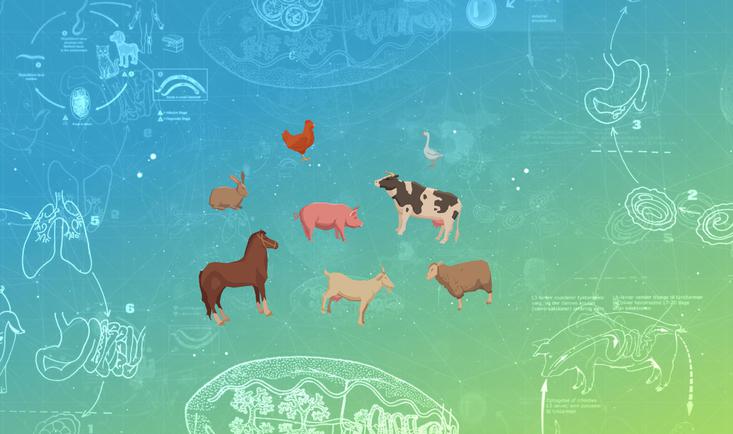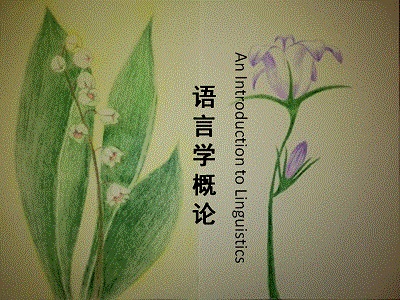
当前课程知识点:English & American Literature > Achievement Test > Achievement Test > Discussion 17
返回《English & American Literature 》慕课在线视频课程列表
It is said that Frost’s poetry, for all its apparent simplicity, often probes mysteries of darkness and irrationality in the bleak and chaotic landscapes of an indifferent universe where men stand alone, unaided, and perplexed. Use examples to illustrate (how do you understand it?).
返回《English & American Literature 》慕课在线视频列表
-1-1 The History of English Literature: A Brief Survey
--The History of English Literature: A Brief Survey
-1-2 Understanding Literature
-test 1
-2-1 Introduction to the age of Renaissance and Shakespeare’s Sonnets
--An Ethic Approach to Hamlet’s Dilemma
-2-2 A Textual Analysis of Hamlet’s Soliloquy
--A Textual Analysis of Hamlet’s Soliloquy
-2-3 An Ethic Approach to Hamlet’s Dilemma
--An Ethic Approach to Hamlet’s Dilemma
-test 2
-3-1 Life and Times
-3-2 Paradise Lost: textual analysis
--Paradise Lost: textual analysis
-3-3 Style and Characterization
-test 3
-4-1 An Introduction to the Age of Enlightenment
--4-1 An Introduction to the Age of Enlightenment
-4-2 On Characterization
-4-3 From Capitalism to Imperialism:A Cultural Critique of Robinson Crusoe
--4-3 From Capitalism to Imperialism:A Cultural Critique of Robinson Crusoe
-test 4
-5-1 “Tintern Abbey”: General Remarks
--5-1 “Tintern Abbey”: General Remarks
-5-2 Beauty in Nature and Pleasure in the Poet
--5-2 Beauty in Nature and Pleasure in the Poet
-5-3 Sublimity in Nature and Elevation and Love in the Poet
--5-3 Sublimity in Nature and Elevation and Love in the Poet
-test 5
-6-1 A Tormented Soul: The Short and Unfulfilled Life of John Keats
-6-2 A Textual Analysis of “Ode on a Grecian Urn”
--6.2 A Textual Analysis of “Ode on a Grecian Urn”
-6-3 Romantic Acceptance of Ancient Greek Culture
--6.3 Romantic Acceptance of Ancient Greek Culture
-test 6
-7-1 Jane Austen and Her “Little Bit of Ivory”
--7.1 Pride and Prejudice in Pride and Prejudice
-7-2 Jane Austen and Pride and Prejudice
--7.2 A textual analysis of Pride and Prejudice
-7-3 Jane Austen’s Achievements and Her Legacy
--7.3 Chance and the Hierarchy of Marriages in Pride and Prejudice
-test 7
-8-1 Life and Times
-8-2 Jane Eyre: Text and Context
--8-2 Jane Eyre Text and Context
-8-3 Critical Approaches and Style
--8.3 Jane Eyre Controversy and Legacy
-test 8
-9-1 Life and Times
-9-2 Great Expectations as A Social Critique
--9.2 Great Expectations as A Social Critique
-9-3 Great Expectations: Form and Style
--9.3 Great Expectations Form and Style
-test 9
-10-1 Key Features of English Modernist Literature
--10.1 Key Features of English Modernist Literature
-10-2 Themes in Araby: Spiritual Paralysis and Disillusioned Love
--10.2 Themes in Araby Spiritual Paralysis and Disillusioned Love
-10-3 Artistic Innovations in “Araby”
--10.3 Artistic Innovations in Araby
-test 10
-11-1 The History of American Literature: Defining Americanness (I)
--11.1 The History of American Literature Defining Americanness (I)
-11-2 The History of American Literature: Defining Americanness (II)
--11.2 The History of American Literature Defining Americanness (II)
-11-3 The History of American Literature: Defining Americanness (III)
--11.3 The History of American Literature Defining Americanness (III)
-test 11
-12-1 Emerson and the Fragmentary Life
--12.1 Emerson and the Fragmentary Life
-12-2 Emerson’s Transcendentalism and Concept of Self-Reliance
--12.2 Emerson’s Transcendentalism and Concept of Self-Reliance
-12-3 Emerson’s Prose Style: Unity, Flux and Polarity
--12.3 A Textual Analysis of “Self-Reliance”
-test 12
-13-1 Walden as a Nature Book
--13.1 Thoreau’s Nature Book(1)
-13-2 Walden as a Work of Literary Art
--13.2Walden as a Work of Literary Art
-13-3 Walden as a Spiritual Guidebook
--13.3 Walden as a Spiritual Guidebook(1)
-test 13
-14-1 Nathaniel Hawthorne and Puritanism
--14-1 Nathaniel Hawthorne and Puritanism
-14-2 The Empowering Woman in The Scarlet Letter
--14-2 The Empowering Woman in The Scarlet Letter
-14-3 Historical Relevance of The Scarlet Letter to the 19th Century Feminism
--14-3 Historical Relevance of The Scarlet Letter to the 19th Century Feminism
-test 14
-15-1 Mark Twain and Literary Regionalism
--15.1. Mark Twain and Literary Regionalism
-15-2 Plot and Themes of "The Celebrated Jumping Frog of Calaveras County"
--15.2 Plot and Themes of -The Celebrated Jumping Frog of Calaveras County
-15-3 “The Celebrated Jumping Frog of Calaveras County”: Gambling the Identity in the Far West
--15.3 “The Celebrated Jumping Frog of Calaveras County”- Gambling the identity in the Far West-
-16-1 William Faulkner and the Southern Renaissance
--16.1 William Faulkner and the Southern Renaissance
-16-2 A textual analysis of The Sound and the Fury
--16.2 A textual analysis of The Sound and the Fury
-16-3 Benjy Compson in Focus: Where Is the Sound? Where Is the Fury?
--16.3 Benjy Compson in Focus Where Is the Sound Where Is the Fury
-test 16
-17-1 Traditionalism in the Dawn of Modernism
--17.1 Traditionalism in the Dawn of Modernism
-17-2 “Love and a Question”: Themes and Context
--17.2 “Love and a Question” Themes and Context
-17-3 “Love and a Question”: American Hospitality and New England Shield
--17.3 “Love and a Question” American Hospitality and New England Shield
-test 17
-18-1 The Southern Belle in Trouble: Tennessee Williams’s Predicament
--18.1 The Southern Belle in Trouble- Tennessee Williams’s predicament
-18-2 A Textual Analysis of A Streetcar Named Desire, Scenes 7 & 8
--18.2 A Textual Analysis of A Streetcar Named Desire, Scenes 7 & 8
-18-3 Two Conflicting Musical Motifs: Music in A Streetcar Named Desire
--18.3 Two Conflicting Musical Motifs- music in A Streetcar Named Desire
-test 18
-19-1 The Great Arthur Miller: the American Dream “realized”
--19-1 The Great Arthur Miller the American Dream “realized”
-19-2 A Textual Analysis of Death of a Salesman, Act II
--19-2 A Textual Analysis of Death of a Salesman, Act II
-19-3 The Haunting Weight of the Great Depression
--19-3 The Haunting Weight of the Great Depression
-test 19
-20-1 Understanding Toni Morrison
--20.1 Understanding Toni Morrison
-20-2 Beloved: The Unspeakable Thing Unspoken
--20.2 Beloved:The Unspeakable Thing Unspoken
-20-3 Subversion of “Canonicity” by Toni Morrison
--20.3 Subversion of “Canonicity” by Toni Morrison
-test 20
-Achievement Test



